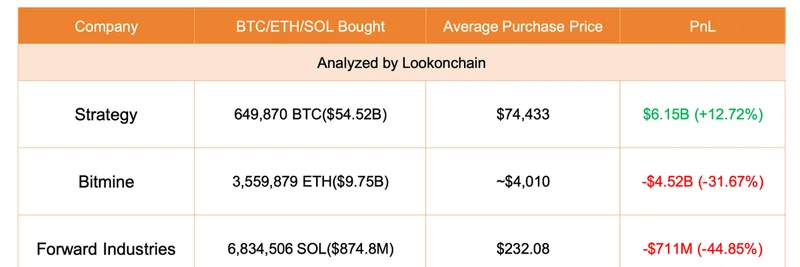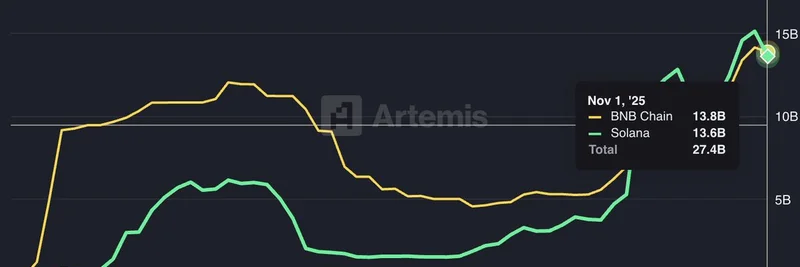In the fast-paced world of crypto, where communities can make or break a project, a recent tweet from @chainyoda sparked some real talk about building "network states." If you're new to the term, a network state is basically a digital-first community that operates like a mini-country, with its own economy, rules, and loyal citizens—think Balaji Srinivasan's vision from his book The Network State. These aren't just online forums; they're evolving into real-world powerhouses, especially in blockchain.
Chainyoda's tweet calls out why most Chief Marketing Officers (CMOs) just don't get it when people like @akshaybd discuss this stuff. Akshay, known for his work with Superteam—a collective accelerating Solana adoption globally—often dives into these topics, from speaking at the Network State Conference to pushing community-driven initiatives. The core idea? Building a network state isn't a marketing gig; it's founder territory. You need to think and act like a startup founder, bootstrapping from the ground up, rather than relying on top-down strategies from centralized companies.
Why does this matter for meme tokens? Meme coins thrive on organic, cult-like communities that mirror network states. Take Dogecoin or newer ones like PEPE—their success comes from viral memes, shared jokes, and grassroots hype, not polished ad campaigns. Traditional marketing tools, like paid ads or influencer deals, often flop here because they feel forced. As Chainyoda puts it, they're "super low ROI" for these decentralized setups. Instead, it's about embedding yourself in the community, iterating on the product (or token), and fostering that founder energy to create something people rally around.
The Founder Mindset in Action
Operating like a founder means wearing multiple hats: visionary, builder, and community whisperer. For meme token creators, this translates to launching with a strong narrative, engaging directly on platforms like X (formerly Twitter), and letting the community co-create the story. Replies to Chainyoda's tweet echo this—folks like @YocchiSore point out that it's not just about running campaigns but integrating marketing into the product and community fabric.
Think about it: a meme token without a dedicated "cult" is just another pump-and-dump. But with founder-like execution, it can evolve into a network state-lite, where holders feel like citizens investing in a shared future. Akshay's involvement in Solana's ecosystem shows this in practice—Superteam isn't selling a product; it's building a global network of builders, much like how meme projects rally degens around a theme.
Lessons for Blockchain Practitioners
If you're diving into meme tokens or any crypto project, ditch the CMO playbook. Focus on:
- Community-First Growth: Encourage user-generated content, memes, and discussions over sponsored posts.
- Product-Centric Marketing: Your token needs utility or a killer story—execution is hard, but that's where the magic happens.
- Adaptability: Network states are fluid; be ready to pivot based on community feedback, not rigid plans.
Chainyoda nails it: all of it is hard, from campaigns to building a working product or a token with staying power. But that's the thrill of crypto—turning ideas into empires.
For more on how meme tokens are reshaping blockchain, check out our knowledge base at Meme Insider. What's your take on network states in the meme world? Drop a comment below!



